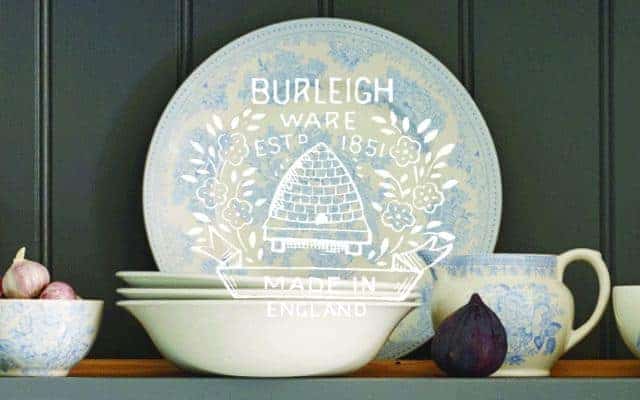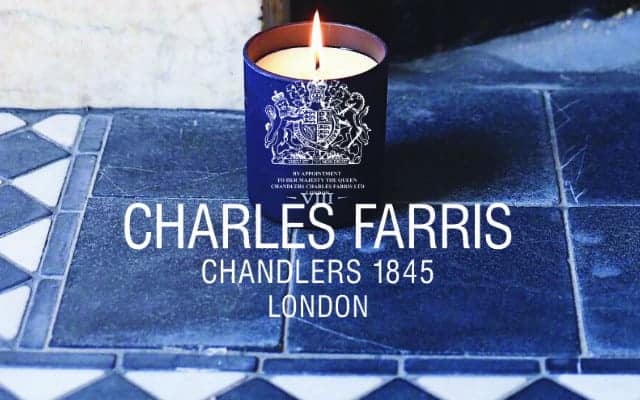Regional British Crafts: NEWCASTLE
The Rise and Fall of Glassworks

Newcastlse glass made up half of all glassware produced in Britain at one point in time. An unassuming location for such a hub of manufacture given its location in the North of England. But with 1,200 years of development of the craft a large variety of products have been crafted in Newcastle with glass for bottles, windows and mirror/decorative glass all being produced.
As architecture began to become more extravagant and bold, the demand for glass in the North of England meant that glasswares had become a staple craft in the North East even before the industrial revolution began. Given the ideal location on the river Tyne, Newcastle had been a bastion of British defence for many years and stood as a steadfast beacon to British grit and might. But trade was also a major part of the heart of Newcastle and shipbuilding became a major aspect of the city, seafaring and trading came with the territory and soon the city was a bustling hub of activity and ingenuity.
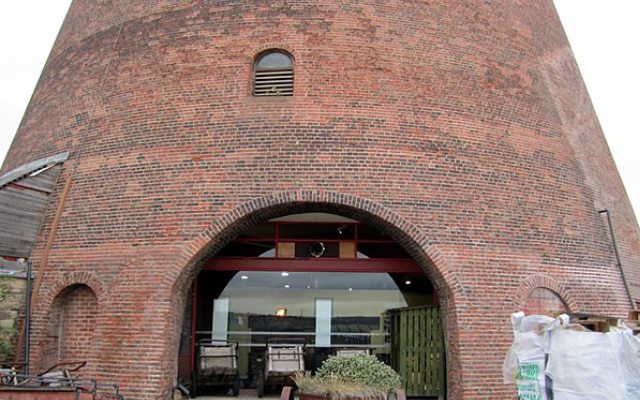

With trade by sea and such a bustling hive of activity inevitably led to people moving their lives to Britain in search of a new life. It goes without saying that having so many people moving through the city led to some incredible people making landfall on British soil and these individuals shaped the future of the city and the whole of Britain (British culture and history is truly an amalgamation of many others, this is what makes us a truly special people).
Many of the new arrivals were craftsmen from Huguenot, who settled around Newcastle and the surrounding areas, specifically Skinnerburn on Tyne. Here they found everything they needed to begin to establish glasmaking trades which had been their livelihood in their home lands. The coal for the furnaces was mined locally with the sand was readily available from ship ballast from the ever expanding and booming seaports of the area. This trade became so well established that Italian glassworkers who had already set up in the south moved themselves to Newcastle and the areas surrounding it to take advantage of the potential of the area.
Soon what had been a small cottage industry mainly producing glass for religious or wealthy individuals and establishments had bloomed into an industry that served many needs the already established pious uses, but also more mundane yet equally important construction projects.
The glass in the Newcastle area was enhanced in quality by importing sand from Kings Lynn in Norfolk, this became known as Lynn Sand Glass and was famed for its quality. Another factor that helped to cement the reputation of Newcastle Glass was the fact that the city was one of 2 gateways of trade to the Netherlands and beyond, meaning anything produced in the city itself was much easier to export and would bring wealth to the residents of the area. Newcastle also began to produce “blanks” (glass products with no engraving or watermarks on them) in order to ship them overseas to Amsterdam, Leiden, The Hague and Liege where skilled engravers worked their magic to produce some beautiful pieces.
William Beilby and his sister Mary relocated to Newcastle in the 1750s after their father passed away and found work in the city's glasshouses. After receiving support and under the stewardship of their elder brother Ralph, the pair set up a workshop within the shadow of the Black gate (J. R. R. Tolkien would approve of the location) They perfected the art of fusing coloured glass to clear crystal but not in the way it would be imagined. They were able to add coloured flourish to engraved crystal that was much more durable and beautiful than simply painting colour onto engravings and firing them to set the paint. This in combination with William’s already impressive artistic and engraving talents allowed them to produce some truly breathtaking pieces.
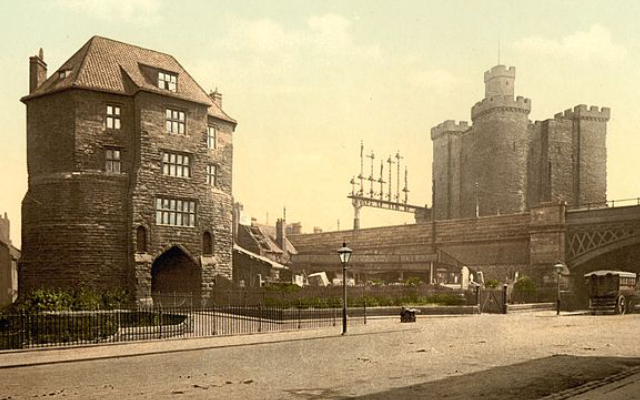
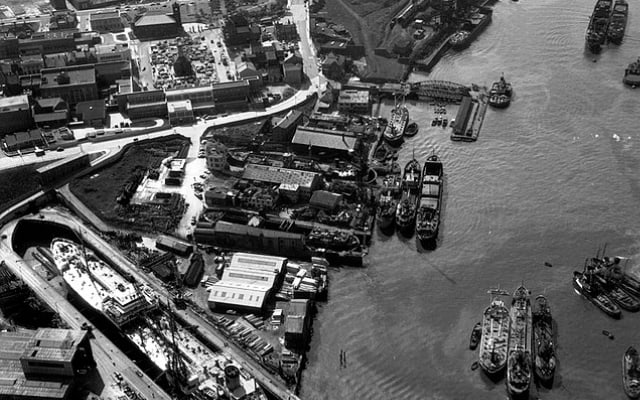
The siblings worked in this area for less than 20 years but the quality of their work was such that the reputation of the city as a whole was improved by the glassware they produced and the industry continued to grow rapidly into the 19th century. During the regency period there were almost 40 separate manufacturers of glassware in the city and surrounding areas. The production of glass was so important to the area that the 12th of September each year was marked by a parade or procession of local glassmakers through the city. To give an idea of how huge the glass trade was in the area, the parade had almost 7,000 participants attending, each carrying a piece of their work to show and celebrate their craft.
Lemington Glassworks was opened in 1787 (in Lemington unsurprisingly) by a Northumberland company, 3 and a half miles outside of Newcastle. They constructed 4 large brick cones, standing 35m tall and 21m at the base, for the production of glass, although only flat glass was produced initially. The strategic location of the works allowed access to coal from local mines and the river Tyne to export finished glass and import sand, alkali and clay for pots.
3 of the towers were demolished after the original company relinquished control of the site and the industry began to decline but was revitalised in 1896 by Sowerby & CO. and full scale production was reinstated at the site. In 1906 the Lemington Glassworks was taken over by the General Electronics Company who expanded and adapted the site to produce light bulbs and glass tubes.
The 1950s saw an introduction of new machinery and furnaces in the effort to boost the industry, but another decline swiftly followed, this caused the machine production to halt. By 1997 full production at the site had stopped completely and all but the final remaining brick cone was demolished as they had no use. This solitary cone stands as a memorial to an industry that lasted well over a thousand years. Constructed over 200 years ago (as of writing) it is the largest of the cones that was built on the site in 1797 and used an estimated 1.75 million bricks to build. It is a grade 2 listed building and protected as a monumental reminder to all who see it that Newcastle and the surrounding areas made their mark on the British Isles and won’t be forgotten by the passage of time.

